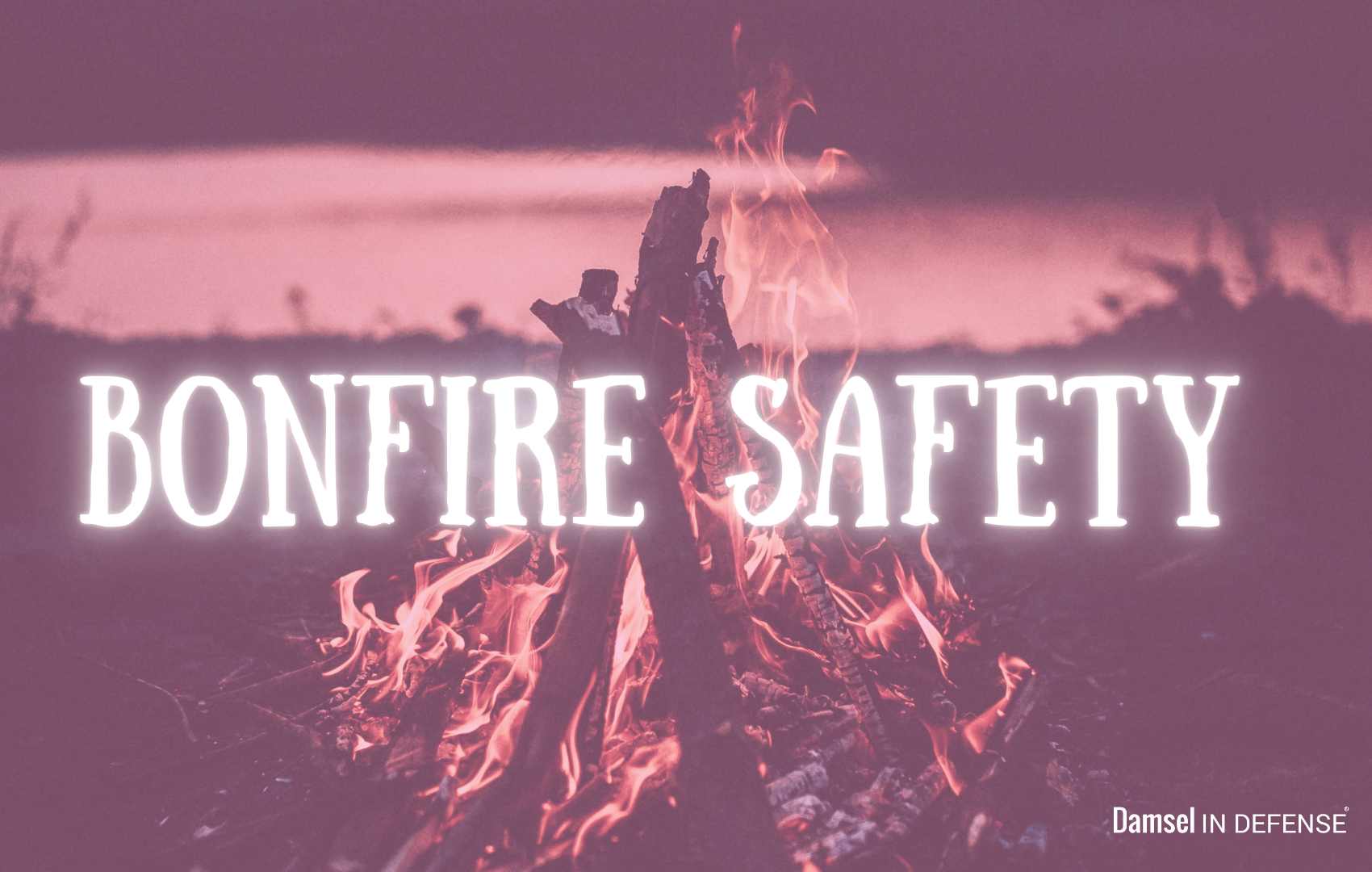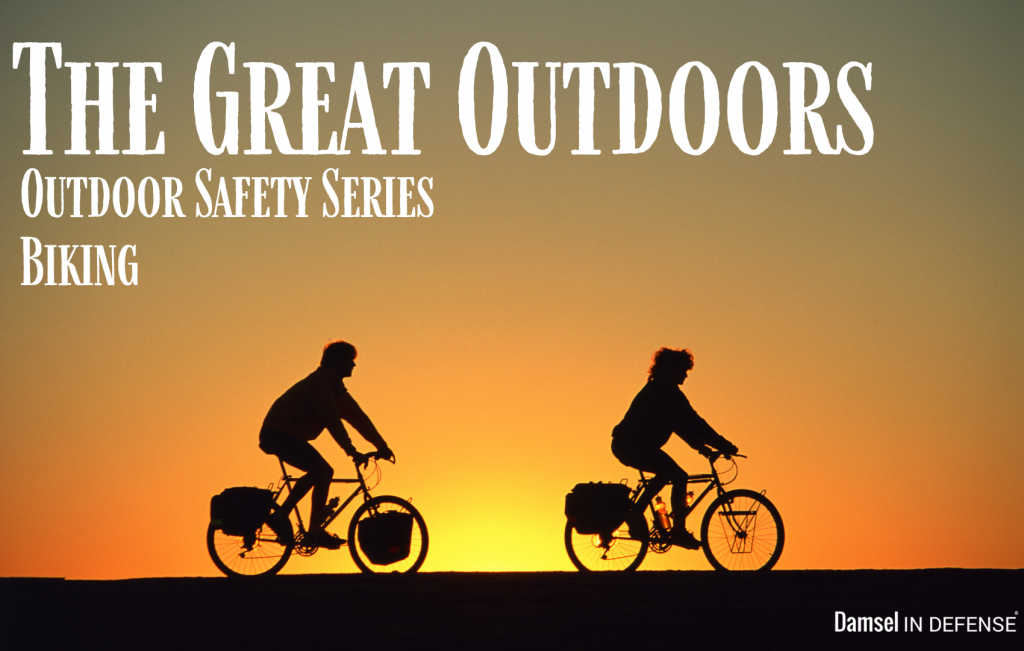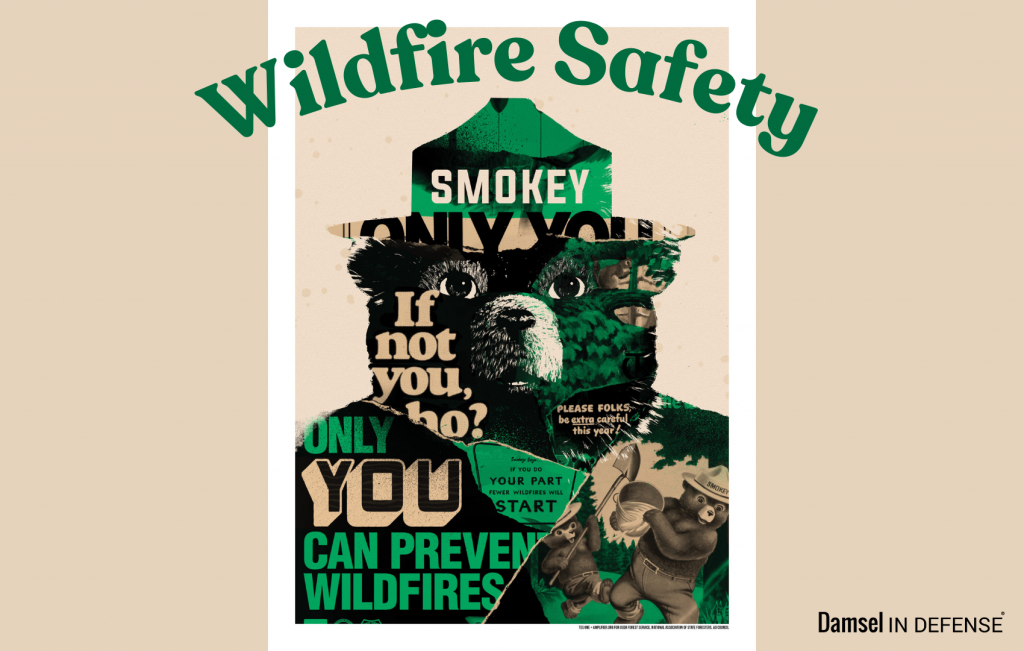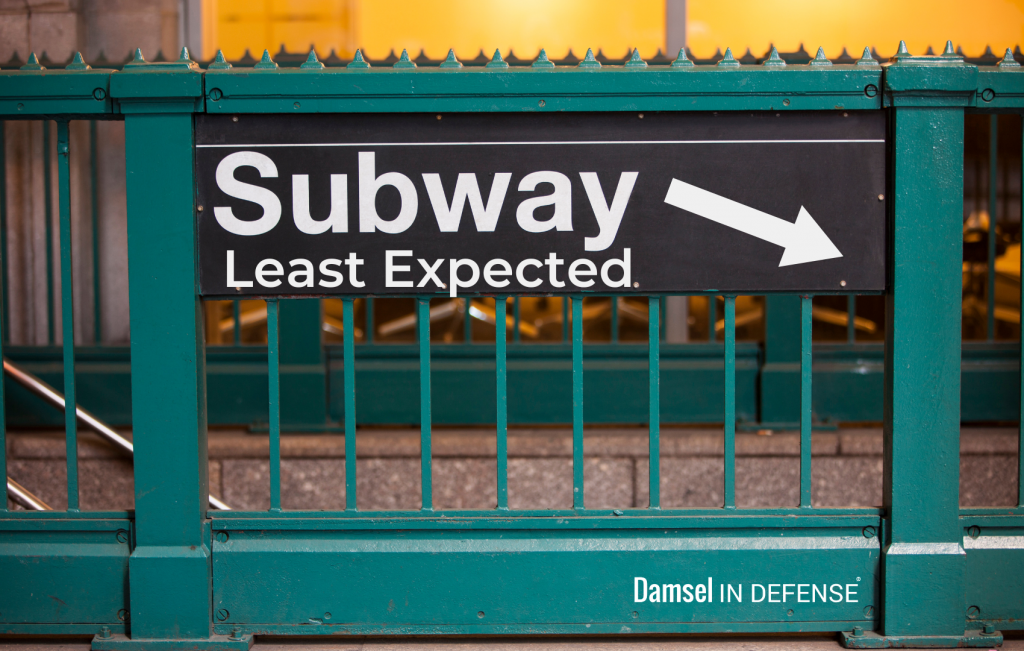
Fall fun can include many activities, including fishing days, baking fall treats, camping trips, picnics, and apple picking. Bonfires are also a fun group activity that can include smores, songs, and provide much needed warmth after a day on the lake. Young adults and adults alike love to also gather around bonfires as well; however, it is easy to overlook the potential deadly risks. We understand the risks and want to provide a list of Bonfire Safety Tips so all ages can be prepared to enjoy the warmth, safely!
Per the U.S. National Park Service, “almost 85% of wildland fires are caused by humans who have left their campfires unattended, burning items like trash or debris, not using equipment properly, carelessly discarding cigarette butts and more intentional acts of arson.” (BRCA) Bonfires, rather than campfires, present a unique situation as well in that bonfires have the ability to get out of control quicker and do more damage in less time.
Before Building:
- Depending on the size, a comfortable standing distance to a bonfire could be up to 50ft away, so make sure you have the space capacity.
- Check for county and state regulations. The state, county, and campsite you are in could all have regulations on how tall the bonfire can be as well as how it is structured.
- Remember that embers exist and can fly up to trees, over to bushes, and to other dry kindling. Choose an area that is mostly clear and ensure it is cleared further before burning.
- Wind directions can shift suddenly and the force can pick up quickly. Make sure the spot you pick is protected from the wind, or is not prone to sudden gusts
- Find multiple water sources close by and ensure they are reliable in the event water is needed to put out the bonfire. For example, a water tap may be in close proximity but there is no guarantee it works or will work quickly. A shovel is also a handy tool to put dirt on an uncontrollable fire if there are not many water sources around.
- Designate one person to stay sober throughout the night. If there is a bonfire, there is also likely to be alcohol involved. Make sure at least one person acts as a bonfire Designated Driver and has the tools and knowledge to put out the fire safely and securely once the party is over.
As the Fire is Burning:
- Avoid burning anything other than wood/kindling, as the fumes from metal cans and the dust created from burning glass can be dangerous.
- Keep the fire a manageable size. Bonfires are big and fun, but if it becomes too unruly it could turn very dangerous very quickly.
- Avoid accelerants to make the fire larger. Gasoline, alcohol, and lighter fluid are never a good idea, even if it is ”just a little bit”.
- Never jump over the fire, as tempting as it may be.
- Avoid throwing expired or live fireworks in the fire.
- Remember loose fitting clothes can easily catch on fire. If someone does catch fire, have them stop, drop, and roll away from the fire with their hands covering their face
- Never leave the campfire unattended. At least one person should be watching it at all times.
- Make sure children and pets are supervised near the fire.
When You are Done with the Fire:
- Allow the wood to burn completely into ashes, if possible
- Pour as much water on the ashes/leftover fire as possible. Drown all ashes, not just the red ones. A good rule of thumb is to keep drowning the fire until it is silent.
- Scrape any remaining logs with your shovel to remove any potential hot spots and mix ashes with dirt or sand until all material is cooled.
- If the pit or the area around it is too hot to touch, then it is too hot to leave.
Remember: If you pack it in, pack it out. Do not leave any trash, cans, or supplies behind.
What to Do if Someone gets Burned?
First Degree Burns:
- Also known as superficial burns, these only affect the outer layer of the skin and often looks like a red, painful, dry spot(s) with no blisters.A good example is a mild sunburn appearance/feeling.
- Typically no need to access medical centers and heal within 3-5 days.
- Petroleum jelly, cool wet compresses, and covering the burn with a nonstick, sterile bandage can help make the healing process easier.
Second Degree Burns:
- These burns are characterized by skin discoloration, blisters, shiny skin, swelling, and peeling of the skin layers.
- Topical antibiotic ointments are highly suggested along with clean coverings to keep from infection. A visit to your doctor may also be required to ensure the area has been properly treated.
Third Degree Burns:
- Can be called full-thickness burns, the caliber of this burn does require immediate medical attention to control the damage and minimize any health risk.
- The burn site can look white or charred and the nerve endings are destroyed and damage can get to bones, muscles, and tendons.
- These burns can take months to heal
Fourth Degree Burns:
- Immediate hospital trip. Expect a long road to recovery and potential amputation of limbs affected.
Typically, bonfires are held a long drive away from buildings and help, so make sure you carry a first aid kit and an emergency car kit such as our Junk in the Trunk kit. Interested in more tips? Contact your local Damsel Safety Educator here today!



